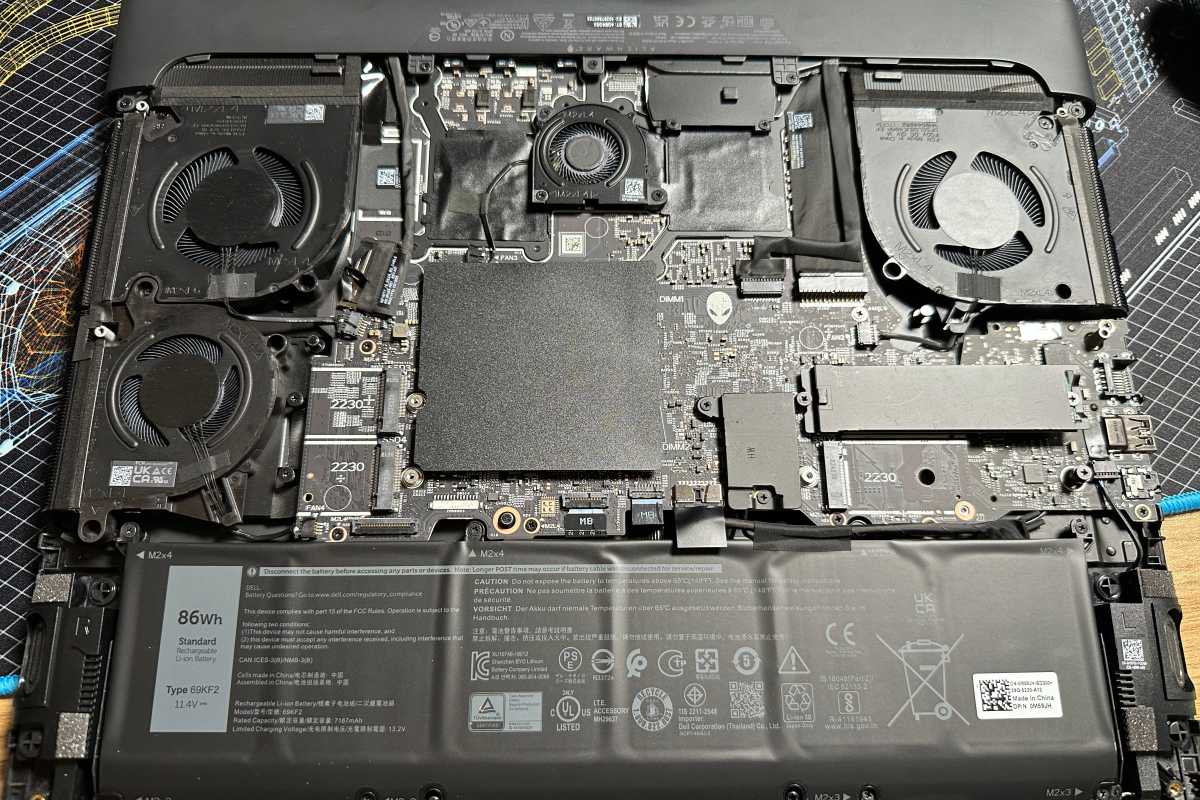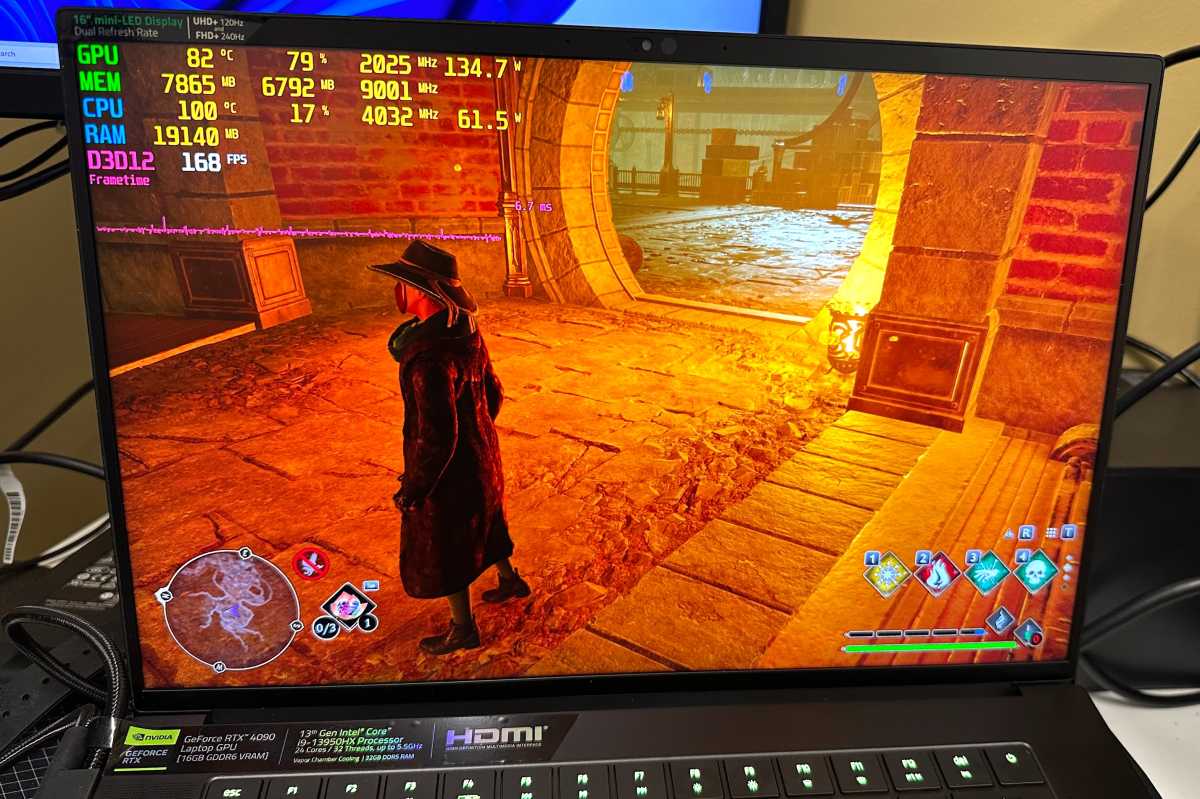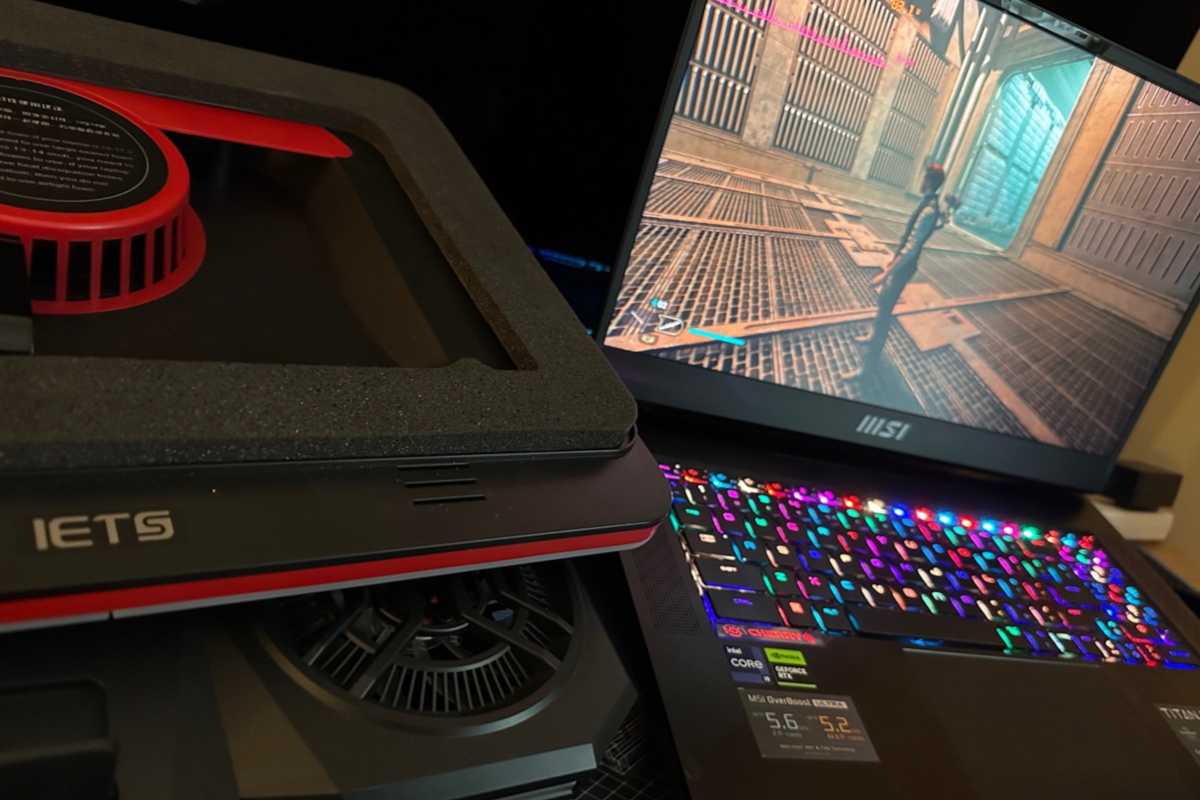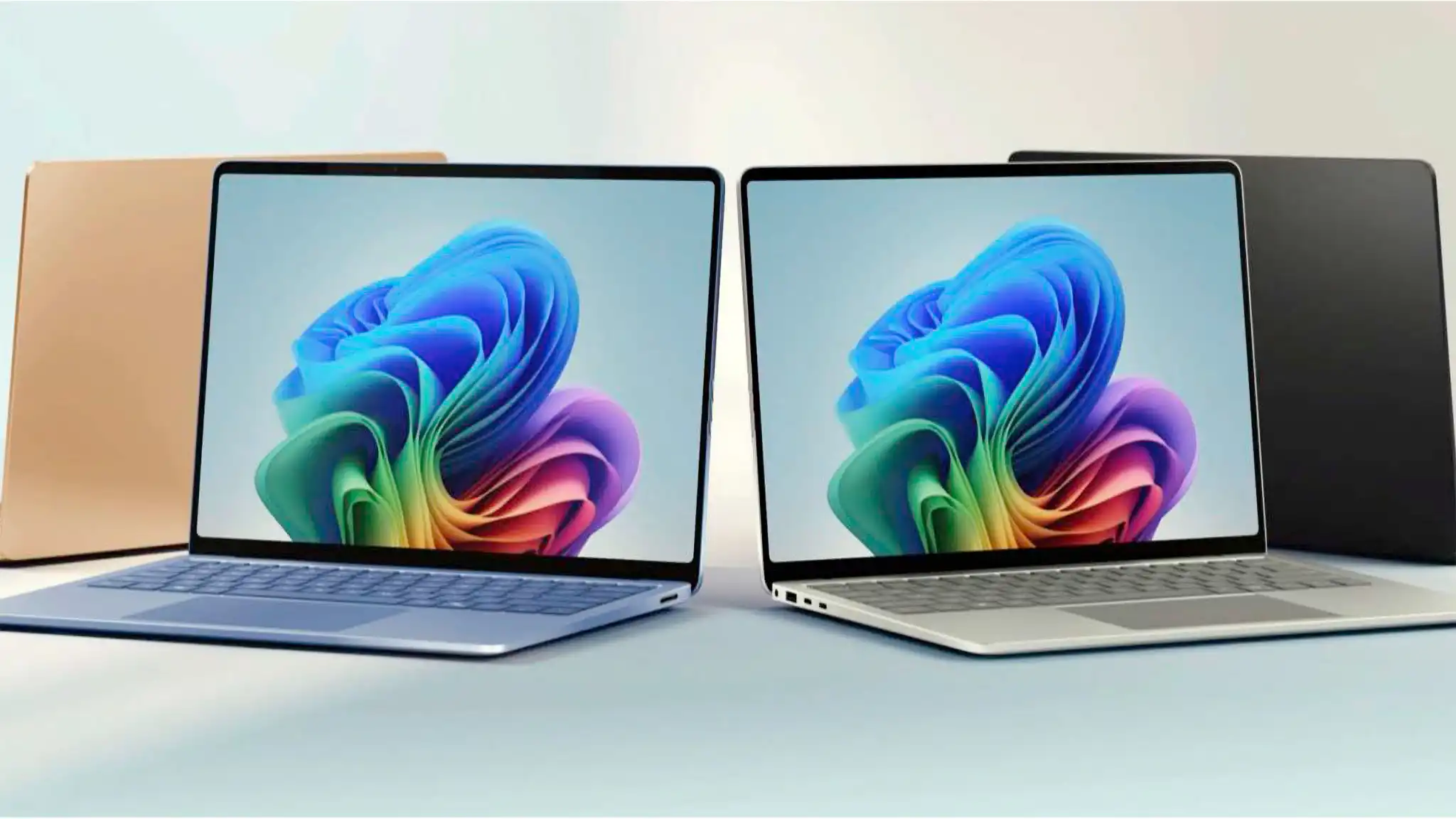Gaming laptops have become extraordinarily powerful over the last few generations. They now boast impressive CPU and graphics performance previously only possible on desktops, and a robust laptop can even have a top-tier display with fast refresh rate, too.
Prices have also increased to accommodate the greater technology, though, and that may leave you wondering an important question: how long does a gaming laptop really last?

Thiago Trevisan / IDG
This question can actually be interpreted two different ways, so I’m going to dive deep and address both angles: first, what is the expected lifespan of gaming laptop hardware before it physically breaks down; and second, how long does a gaming laptop remain relevant before it falls behind in performance and becomes obsolete.
Keep reading to understand how long a modern gaming laptop can last, what factors influence longevity, and tips for what you can do to keep your own laptop alive as long as possible.
How long before a gaming laptop dies?
The very design of a laptop makes it more fragile and susceptible to damage and destruction. If you spill liquid on a keyboard, maybe it dies — but if you spill on a laptop keyboard, it hits the components underneath and can fry the entire device.
Likewise, the hinges and display on a laptop are way more vulnerable than an external monitor. And if your laptop screen cracks, it’s not as simple as picking up a new monitor — laptop screen repairs are difficult, costly, and often times not even feasible.
Pro tip: If you break your laptop screen, the silver lining is that you may still be able to salvage the laptop itself by connecting it to an external monitor and running the laptop in clamshell mode (i.e., with the lid closed) to bypass the broken display.
Learn more about using an external monitor with your gaming laptop as well as using a laptop with multiple monitors.

Thiago Trevisan / IDG
Other components — like the trackpad, keyboard, and speakers — are less likely to break, but they still might. At least for these, you have the option of external replacements: a wireless mouse, a Bluetooth keyboard, 3.5mm speakers, USB headphones, etc.
All that said, the real “problem” that drastically shortens a gaming laptop’s expected lifespan versus the lifespan of a gaming PC is heat. Excess heat degrades electronic components. That’s just science.

Thiago Trevisan / IDG
Think about how much more room a desktop case has versus a laptop body. All of that additional space provides greater airflow and better heat exhaustion. When you’re maxing your game settings and pushing your system to its limits, the compact and restricted nature of a laptop’s construction is going to cause wear and tear faster.
With typical use, you can expect a gaming laptop to last about 4 to 6 years. If you take care of it, it could last up to 10 years or more; if you neglect it, it could die within 3 years. For the expected lifespan of a particular component (e.g., GPU), look for the manufacturer’s warranty duration. That’s how long the company expects it to last, so you can use that as a guideline. Any additional life is a bonus.
How long does a gaming laptop remain relevant? What about with upgrades?
It depends on what you mean by “relevant.”
Do you want to play the latest and greatest AAA games with all the settings cranked up to max while maintaining at least 60 FPS? Then you’ll need a top-tier gaming laptop with a cutting-edge GPU, and you’ll probably want to replace it about every 1.5 to 2 years to ensure you have the fastest and most performant hardware available.
But if you don’t mind gradually lowering your settings over time as your hardware begins to lag behind, and if you can tolerate a “playable” FPS in the 30 range, then you could get a high-end gaming laptop today and keep playing AAA titles for the next 5 years or so.
Now, here’s the wonderful thing about having a gaming laptop: Even though laptops are generally less upgradeable than desktop PCs, you can still upgrade your laptop. When your gaming laptop can’t quite keep up anymore, you can get another year or two out of it with upgrades.
First, let’s talk about what isn’t upgradeable.
The CPU — likely an AMD or Intel if it’s a gaming laptop — isn’t upgradeable in laptops. There was a time when desktop CPUs were used in big gaming laptops, but those days are long behind us. If you want a better CPU, you’ll need to pony up the cash for an entirely new laptop.
Some users have been known to open up their aging laptops and apply fresh thermal paste to the CPU, which can lower heat and prolong its life. Aside from that, there isn’t much you can do in the CPU department.

Thiago Trevisan / IDG
The GPU, or graphics card, also isn’t upgradeable in laptops. You’re stuck with whatever you choose at the time of purchase, so it’s typically wise to buy the best laptop you can afford (if you care about longevity).
While you can potentially connect an external GPU to your laptop via Thunderbolt, external GPUs have limitations. However, it is an option, and it’s worth considering if you have an under-powered, older GPU. In that sense, a gaming laptop with a Thunderbolt port has more ways to prolong its relevancy.
With those out of the way, let’s talk about the parts that can be upgraded in laptops and how well they keep your laptop relevant.
The RAM, which will be of the smaller SO-DIMM variety in laptops, can usually be upgraded. Most high-end gaming laptops come with either 16GB or 32GB (with 32GB being the better option for future-proofing), but there’s often room to upgrade to a total of 64GB. Few people actually need that much RAM right now, but the option is there.

Thiago Trevisan / IDG
RAM upgrades are typically as easy as swapping out one module for another, or plugging a module into an empty second slot. Some more enthusiast-grade laptops even allow for RAM overclocking to eke out every bit of performance, giving it more lasting power.
The next big upgrade point on a gaming laptop is the storage, typically an NVMe SSD drive in modern machines. Your choice of SSD will have a significant impact on both transfer speed and storage capacity, and some gaming laptops even have extra slots for multiple drives so you can keep them loaded with as many games as you have.
If your gaming laptop has Thunderbolt or fast USB-C ports, you can even connect external drives to store games and data. This flexibility is one way to extend the practical lifespan of a gaming laptop, since the storage is upgradeable both internally and externally.
A fresh Windows install can also breathe new life into a gaming laptop, removing bloat that has built up over time.
Tips to keep your gaming laptop going
An old laptop’s lifespan can be stretched out if a few precautions are taken. For example, protective cases and covers can help minimize damage from dings and drops, especially during transport.
But more importantly, laptop longevity really comes down to basic routine maintenance. Properly dusting the inside every few weeks or months (depending on how dusty your environment is) will keep the system clear of debris and reduce impediments to air circulation.

Thiago Trevisan / IDG
Along those lines, you should consider getting a laptop cooling pad or laptop stand, one that raises it and improves airflow. (The cooling apparatus of a gaming laptop is usually found in the bottom or backside, and they lay flat on the surface.)
A simple laptop stand can improve temperatures, and thus longevity, of the machine. Some fancy cooling pads with fans also exist, which can blow cool air through during a long gaming session.
Undervolting the CPU should only be attempted by experienced users, but it can also lower thermals and improve durability. Not every gaming laptop has an unlocked CPU (which is necessary for undervolting), but for the ones that do, there are potential gains there.
Apart from hardware maintenance, you can also further extend your laptop’s expected lifespan by being mindful of your gaming settings and how hard you push your machine.

Thiago Trevisan / IDG
Upscaling, whether through Nvidia’s DLSS 3 or AMD’s FSR 3, can be terrific for lightening the load. If your budget allows it, consider getting a GeForce RTX 40 Series laptop that supports Nvidia’s frame generation so it can punch above its weight as it ages. AMD also has its own version of frame generation that can work across more GPUs.
Note: Laptop GPUs are weaker than their desktop counterparts. Even if your laptop has a GeForce RTX 4090, you can’t push it as hard as you could an RTX 4090 on a desktop. Gaming laptops have to sacrifice some performance due to design restrictions, but they make up for it with their portability and all-in-one factor.
There are also several other game settings and tweaks you can make to crank out more performance without more heat, or keep the same performance while reducing heat. Learn more in our articles on vital gaming laptop settings to tweak and key settings to change in the Nvidia App if you’re a GeForce gamer.
Keep using it as long as you’re happy
To reiterate, a well-built gaming laptop will last you several years — both in terms of physical lifespan as well as relevant gaming performance — as long as you make a smart purchase, keep it well-maintained, and optimize your laptop setup and game settings.

Thiago Trevisan / IDG
When it starts to lag behind with age, you can keep it going with RAM and storage upgrades, a fresh Windows re-install, and possibly even an external GPU and external storage.
Just remember that you should be able to get at least 5 years out of a good gaming laptop with typical use, as long as you’re okay with gradually lowering your standards over time. Otherwise, to stay on top of cutting-edge games with maxed settings, you’ll probably want to replace your gaming laptop about every 2 years or so.





